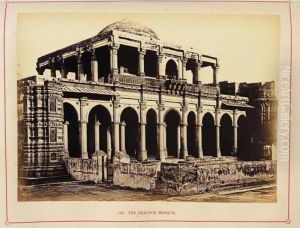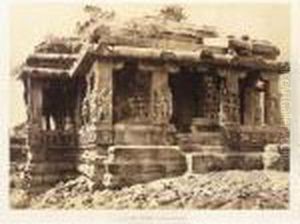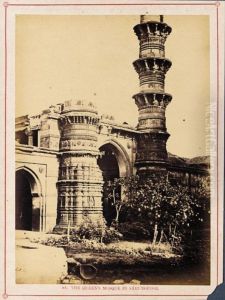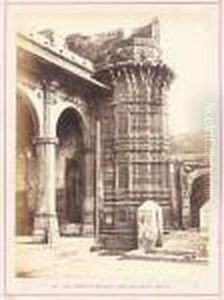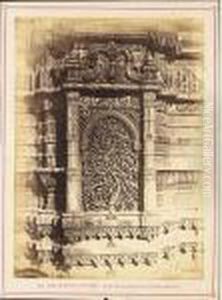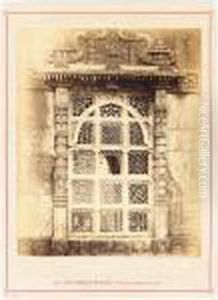Thomas, Biggs Capt. Paintings
Captain Thomas Biggs was a British Army officer and a photographer, known for his pioneering work in architectural and archaeological photography in India during the 19th century. Born in 1822, his full name was Thomas Biggs Hutton, but he is most commonly referred to as Captain Thomas Biggs. He was not primarily known as a traditional artist but rather as a military man who had a profound impact on the documentation and preservation of Indian heritage through his photographic work.
Biggs was commissioned into the Bombay Engineers in 1843 and was later stationed in western India. During his time in the military, he developed a keen interest in the local architecture and historical sites. In the 1850s, Biggs was appointed to produce photographic records of the architectural heritage of the Bombay Presidency, which was a significant undertaking given the size of the region and the technology of the time.
His photography was instrumental in the study and conservation of Indian monuments. He published a number of works, including 'Architecture in Dharwar and Mysore' in 1856 and 'Illustrations of Architecture and Sculpture in the South of India' in 1860. These publications were among the first to provide a comprehensive visual survey of Indian architectural wonders such as the temples and other historic structures in the Deccan region.
Biggs' work was not only important for its artistic value but also for its documentary significance. His photographs provided detailed visual records at a time when many of these sites were largely unknown to the Western world and were at risk of being lost due to neglect or vandalism.
Captain Thomas Biggs retired from the Indian Army in 1861 and returned to England, where he continued to advocate for the preservation of Indian architecture through his writings and lectures. He passed away in 1905, leaving behind a legacy that has been invaluable to historians, architects, and conservators interested in India's rich cultural heritage.
